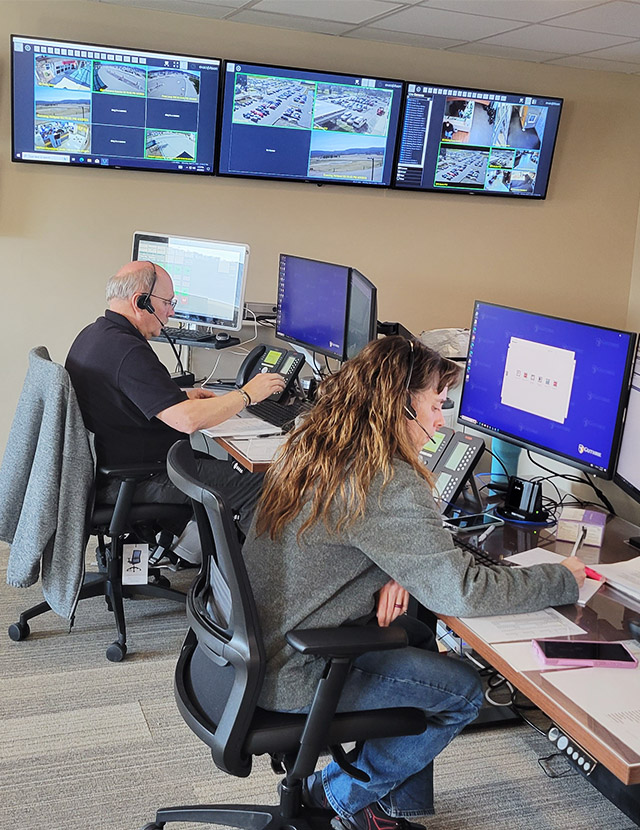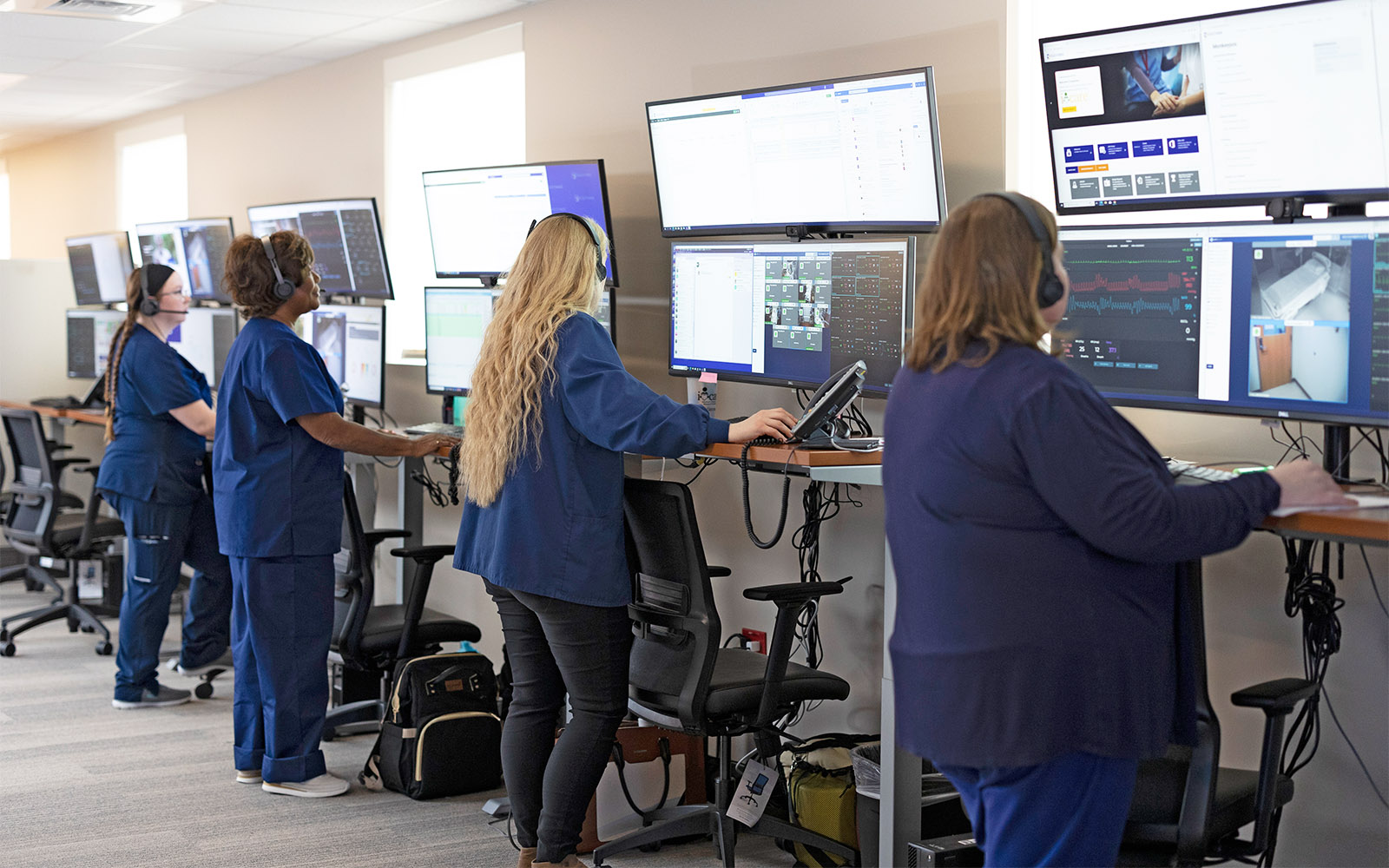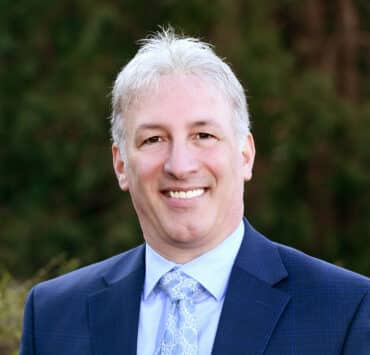|
|
The shelf holding all the awards that the Guthrie Clinic has amassed under chief digital officer Terri Couts’ tenure looks in danger of collapsing. Just over Couts’ shoulder is a modest, multitiered stand that seems to be struggling under the weight. But those awards were never the goal, they were the byproduct of just how much technology can reshape a health organization when the goals are clear, partnerships are well-maintained, and everyone is united around a singular goal of serving patients.
Couts has every conceivable experience you would hope for in a senior executive making decisions for frontline care workers. She spent years in the pediatric cardiology and neonatal intensive care setting. Although she loved working on the pediatric heart team, she was on call twenty-two days a month and needed to be able to get to hospital in under thirty minutes. This requirement became a challenge in her personal life. She wanted a change.
While at Akron Children’s Hospital, clinicians were being interviewed to help implement a new EHR system, a platform called Epic, that Couts was told was going to be a big deal. It would ultimately guide the rest of her career.
Couts would become so entangled in all things Epic that she would eventually move to the consulting space, helping health organizations implement and perfect their own Epic approaches, including New York Health + Hospitals, the largest public health system in the United States. But in deciding to come to the Guthrie Clinic in 2016, her reason wasn’t the size, it was the challenge.
“The idea was to use technology to enable care differently and keep people in their communities.”
Terri Couts
Guthrie serves a patient population of approximately 10,000 people spread between Pennsylvania and New York state. There are broad swaths of geography that don’t have cell phone service or broadband internet. Between Guthrie’s furthest northern hospital and its main campus is a two-hour drive, weather permitting.
Couts came to the organization and immediately saw that the internal IT team did not feel like part of the broader organization.
“I think the system felt like if they put in a ticket, it just fell into a black hole and nobody addressed it,” the SVP explains. “We had these little siloed IT departments all over the organization. The first move was to consolidate these back and make sure that work was standardized.”
That evolution also came with a mandate to evolve the role of the IT team at Guthrie. They weren’t decision-makers. They were educators and influencers, and it was their goal to ensure the rest of the organization had the appropriate information to make the right decisions.
There was an incredible amount of work that saw Guthrie move from an Epic Stars program rating (a ten-level program that encourages continuous improvement of clinical and financial outcomes) of two to ten in the last four years running. This is a designation that only four percent of health organizations have achieved across the world. But it’s the outcomes of those efforts, and not the awards, that bear more examination.
Emma Fauss, CEO of Sickbay by Medical Informatics Corp., emphasizes Guthrie’s commitment to using technology to advance its patient care. “We are honored to have been a part of Guthrie’s innovation and care transformation as their underlying unified monitoring platform,” she says. “We look forward to helping them expand their virtual care models with enhancements to their ventilator, event detection, and real-time risk stratification workflows.”
Consider the Guthrie Pulse Center, a centralized virtual command center that houses virtual care models and daily operations for the entire health system. This includes virtual nursing, tele-sitters, and a central telemetry unit that monitors cardiac patients across the hospitals.
“This is a hard area to recruit for, and the pandemic exacerbated that need greatly,” Couts says. “We came to Epic to see if they could help us solve these issues: paying too much for traveling nurses, clogging up emergency rooms, and the fact we weren’t able to maximize our services. The idea was to use technology to enable care differently and keep people in their communities.”
That investment includes cameras and speakers in every patient room that has AI capabilities built on top of it and a software-based monitoring platform that enables flexible monitoring of all patients across connected devices including ventilators.
To solve nurse time being spent on admissions, Guthrie implemented a virtual process. To solve ICU med reporting and second sign-off, a virtual nurse can monitor remotely and speed up the entire ICU process by thirty-two minutes to under thirty seconds, giving patients more time with clinicians.
These are all just isolated parts of a greater vision Couts and her team are driving at Guthrie. There are so many others, but the outcomes are the real story. Nurse retention is up. Nurses report getting thirty minutes back per shift, per nurse. Patient satisfaction is up, as are health outcomes in a part of the country where geography still provides significant challenges. “We really do believe that if you do great patient care, the revenue follows,” Couts says. “That theory is proving true, and I’m grateful to have been a part of creating this change.”
Sickbay™ is an FDA-cleared platform providing hospitals with the only vendor-neutral, integrated patient monitoring solution in healthcare. Sickbay™ consolidates the display of disparate, time-sequenced patient monitoring data at nearly 25 milliseconds per patient. Sickbay™ drives cost-effective patient monitoring and powers analytics by providing instantaneous and persistent physiological data to clinicians, researchers, and algorithm developers. Viewing Sickbay™ consolidated data on any laptop or mobile device, on wallboards, and in on-prem or remote command centers enables clinicians to deliver the best possible care. Utilize Sickbay™ to empower the people who care to serve every patient, everywhere, with actionable data.



